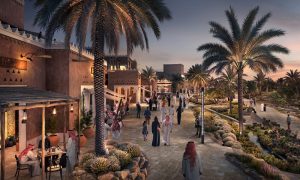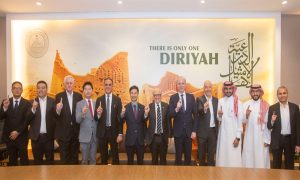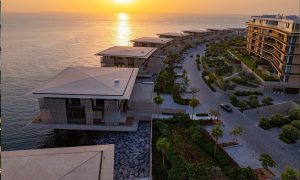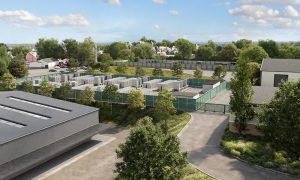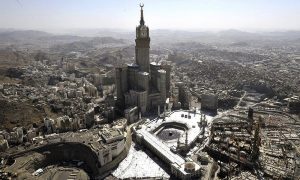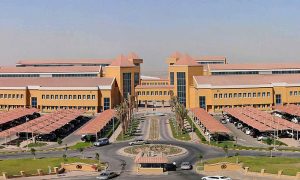QACC contracted to Downtown Doha Heritage project
$90mn contract will historical houses and buildings renovated and constructed
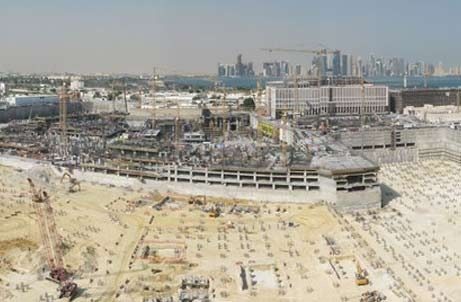
Msheireb Properties, the Qatari sustainable real estate developer, has appointed Qatari Arabian Construction Company as the main building contractor for a vital section of the Msheireb Downtown Doha development, it was announced on Monday.
Valued at $90.6mn, the contract will see QACC take on restoration and construction work in the Heritage Quarter within Phase 1A of the project. This will include restoring four historical houses, renovating the Eid Prayer ground and building the Juma Masjid, which dates back to the first decade of the last century.
The restored houses will form the centre piece of the Heritage Quarter, creating an important cultural destination, a report in The Peninsula, a Qatar based newspaper, said. The four houses, which include the family home of Mohammed bin Jassim, son of the founder of modern Qatar, will be converted into museums, cultural centres and exhibition buildings.
The renovation and contract works will also include landscaping and paving works throughout the Heritage Quarter, which is located in the north-eastern section of Msheireb Downtown Doha.
Phase 1A of the project covers 11,000m2 of gross floor area and incorporates the Diwan Amiri Quarter, the Amiri Guard residences and the Qatar National Archive.
“This contract is a major component of the regeneration of downtown Doha,” said Mohammad Al Marri, chief officer for Design and Delivery at Msheireb Properties.
“At the same time, it highlights Msheireb Properties ‘ efforts to conserve buildings of historical value and maintain an emotional connection with the country’s past.
“It will bring to life much of the culture and diversity that define the Msheireb project while emphasising its sustainability credentials.
“We are looking forward to working with Qatari Arabian Construction Co WLL in the realisation of the Msheireb project’s unique architectural language, which combines advanced technologies with traditional building practices.”





